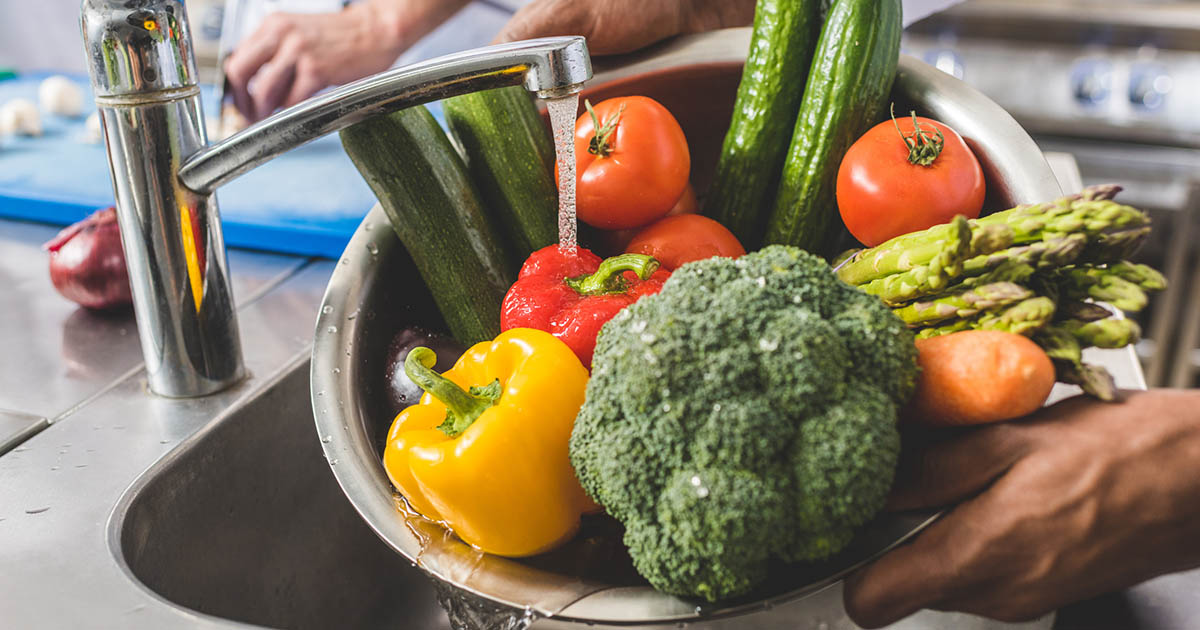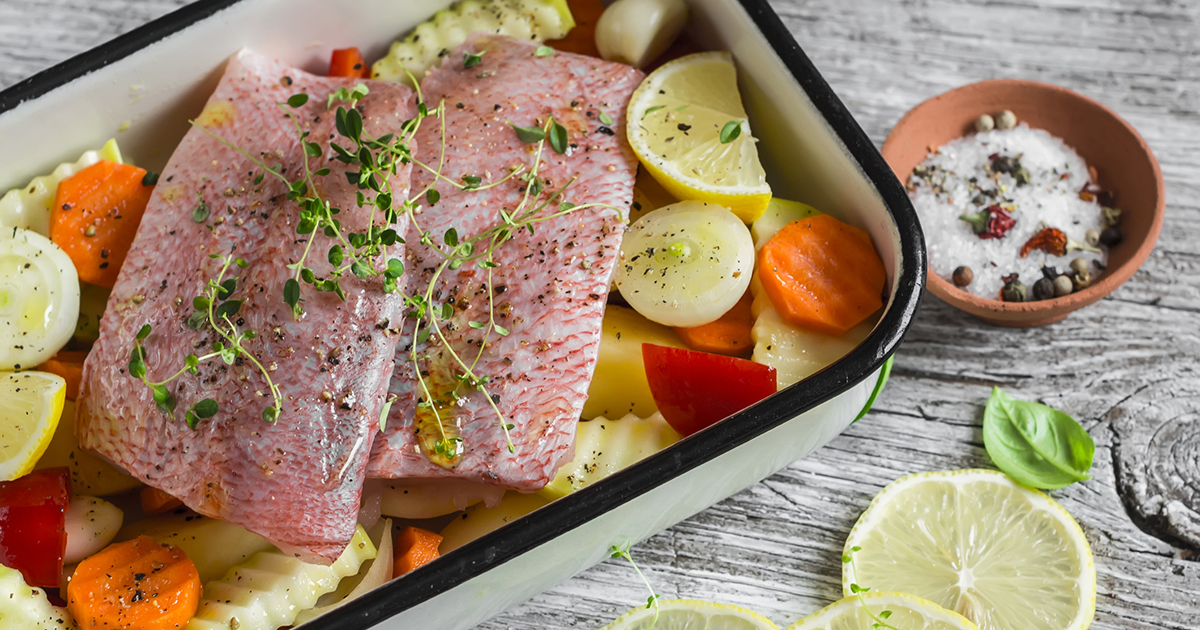Guide To Treating Insulin Resistance
Consume Non-Starchy Vegetables

When someone needs to monitor their carbohydrate intake, there are some vegetables they need to avoid. Like us, plants create and store glucose for future use, though theirs is in the form of starch. All vegetables will have at least a small amount of starch. However, corn, winter squashes like butternut and pumpkin, potatoes, and peas are full of complex carbohydrates and may end up being counterproductive.
Insulin resistance patients need to consume non-starchy vegetables instead. Popular choices include standard salad green mixes and toppings, such as lettuce, spinach, carrots, cucumbers, tomatoes, onions, sprouts, and mushrooms. Artichokes and large shoots, like bamboo and asparagus, are also low on carbohydrates. Other good options include zucchini, eggplant, broccoli, and most peppers.
Consume Fish Frequently

Cultures that consume fish frequently have been shown to have lower rates of heart disease and diabetes. This evidence provides an excellent dietary example to follow in the treatment of insulin resistance. Patients with insulin resistance often also struggle with obesity and high cholesterol. Making fish a dietary staple can help individuals maintain a healthy cholesterol balance and promote weight loss.
Fish contain far fewer calories per pound than other types of animal proteins, even chicken. In addition, cold-water fish, such as salmon and tuna, contain high percentages of omega-3 fatty acids. This can help restore a healthy cholesterol balance by raising high-density lipoprotein (good) and reducing low-density lipoprotein (bad) cholesterol. The former's protects individuals from developing coronary artery disease. At the same time, the latter contributes to the intravascular plaques that can build up and lead to heart problems.
